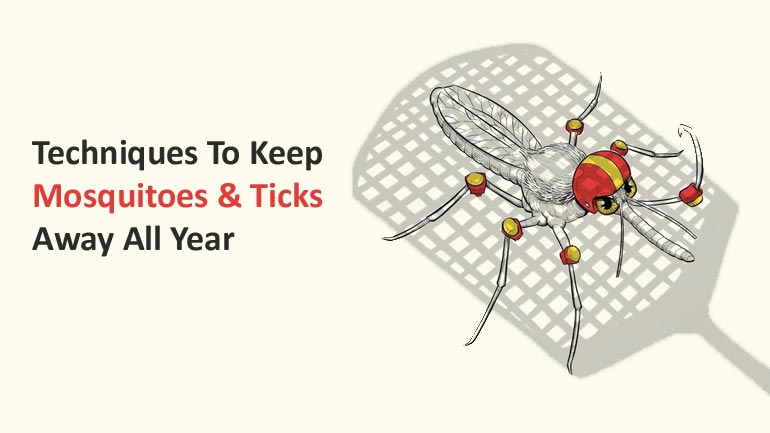
In recent years, house plants have evolved from mere decorations to essential components of indoor spaces. The growing trend of incorporating greenery into homes is not only about aesthetics but also recognizing the multitude of benefits these plants bring. As we delve into the world of house plants, we’ll explore key care tips to ensure your leafy companions not only survive but thrive, creating a harmonious and vibrant environment within your living space.
Choosing the Right House Plants
When selecting house plants, it’s crucial to consider the available light and space in your home. Low-maintenance options, such as the resilient Snake Plant or the versatile Pothos, are excellent choices for those new to plant care. These plants require minimal attention, making them perfect for busy individuals or beginners testing their green thumbs.
Setting Up the Ideal Environment
Creating an optimal environment for your house plants starts with proper potting and soil. Choose a well-draining potting mix that suits the specific needs of your plants. Consider the type of containers and ensure they have drainage holes to prevent waterlogged roots. Additionally, controlling temperature and humidity levels is vital. Mimic the natural habitat of your plants by maintaining a consistent and suitable environment for growth.
Watering Techniques
Mastering the art of watering is fundamental for successful house plant care. The frequency and quantity of water depend on various factors, including the plant type, pot size, and environmental conditions. It’s essential to monitor the moisture level in the soil and adjust your watering routine accordingly. Overwatering can lead to root rot, while underwatering may result in dry soil and stunted growth. Striking the right balance is key to maintaining the health of your plants.
Providing Adequate Light
Understanding the light needs of your plants is crucial for their well-being. Different plants have varying requirements, ranging from low to high light. Research the specific needs of each plant in your collection and position them accordingly. In spaces with limited natural light, consider supplementing with artificial lighting options such as grow lights. This ensures that your plants receive the necessary light for photosynthesis and overall growth.
Pruning and Trimming
Regular pruning is a proactive measure to promote healthy growth and maintain the appearance of your plants. Removing dead or yellowing leaves not only enhances the overall aesthetic but also encourages the plant to redirect energy toward new growth. Trimming leggy stems and controlling the plant’s size can prevent overcrowding, ensuring each plant has ample space to flourish.
Fertilizing Strategies
Fertilizing your house plants is essential for providing them with the nutrients they need for robust growth. Different plants may require different types of fertilizers, so it’s crucial to choose the right one. Additionally, understanding when and how to apply fertilizer is key. During the growing season, typically spring and summer, plants may benefit from regular feeding. However, reduce or cease fertilization during the dormant period, usually in fall and winter.
Dealing with Common Pests
Pest issues can arise, but addressing them promptly and effectively is crucial for the well-being of your plants. Identify common pests such as spider mites, aphids, or mealybugs early on. Natural pest control methods, such as neem oil or insecticidal soap, can be employed to combat infestations without resorting to chemical pesticides. Introducing beneficial insects like ladybugs can also help keep pest populations in check.
Repotting Guidelines
Understanding when to repot your plants is vital for their continued health and growth. Signs that it’s time to repot include roots growing out of the drainage holes, stunted growth, or the soil drying out quickly. When repotting, choose a slightly larger container, refresh the potting mix, and gently loosen the roots. This ensures your plants have ample space to expand their root systems and access fresh nutrients.
Propagation Tips
For those looking to expand their collection or share the joy of plant parenthood, propagation is a rewarding process. Different plants have various propagation methods, such as stem cuttings, leaf cuttings, or division. Experiment with propagating plants like succulents or spider plants, which are known for being beginner-friendly and readily producing new offshoots.
Seasonal Care
Adapting your care routine based on the changing seasons is essential for the well-being of your house plants. During the warmer months, plants may require more water and increased humidity. In contrast, the dormant period in fall and winter may necessitate reduced watering and a break from fertilization. Be attentive to the unique needs of your plants during each season to ensure their continued health and vitality.
Troubleshooting Common Issues
Yellowing leaves and wilting plants are common issues that plant enthusiasts may encounter. Yellowing leaves can indicate a variety of problems, such as nutrient deficiencies, overwatering, or pests. Conduct a thorough inspection to identify the root cause and address it accordingly. Wilting plants may result from underwatering, poor soil drainage, or root issues. Adjust your watering routine and inspect the soil and roots to determine the cause of wilting and take appropriate action.
Benefits of House Plants
Beyond their aesthetic appeal, house plants offer a myriad of benefits for both physical and mental well-being. Studies have shown that having plants indoors can reduce stress, boost mood, and improve concentration. Many house plants are effective air purifiers, filtering out pollutants and enhancing the overall air quality in your home. Embrace the holistic advantages of house plants as they contribute to a healthier and more harmonious living environment.
Popular House Plants for Beginners
For those taking their first steps into the world of house plants, starting with beginner-friendly options is advisable. The Snake Plant, known for its resilience and ability to thrive in low light conditions, is an excellent choice. Its upright leaves and air-purifying qualities make it a popular pick for novice plant parents. Pothos, with its trailing vines and heart-shaped leaves, is another versatile and low-maintenance option. Pothos can tolerate a range of light conditions, making it adaptable to different environments. Plus, you can send flowers online to friends and loved ones, bringing the beauty of nature into their homes.
Conclusion
In conclusion, caring for house plants is a fulfilling journey that combines knowledge, attention, and a genuine love for green companionship. By incorporating these care tips into your routine, you’ll create an environment where your plants not only survive but thrive. The presence of house plants brings natural beauty, positive energy, and a touch of tranquility to your living space, enriching your daily life.




